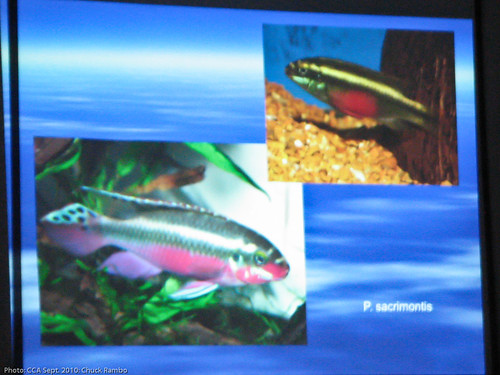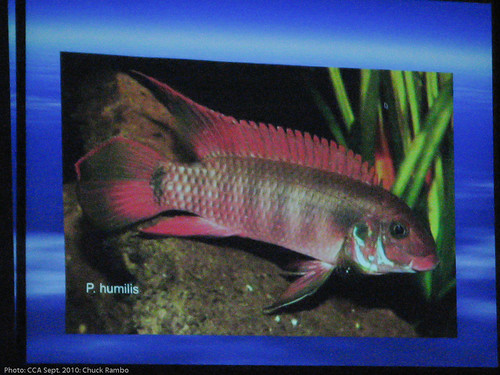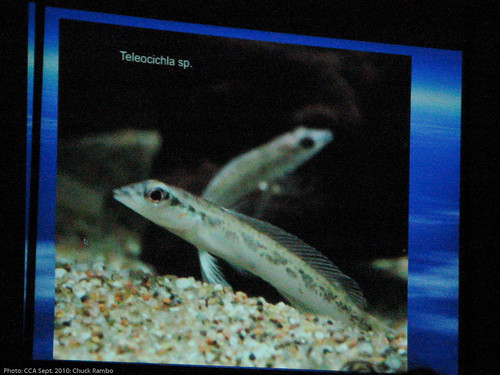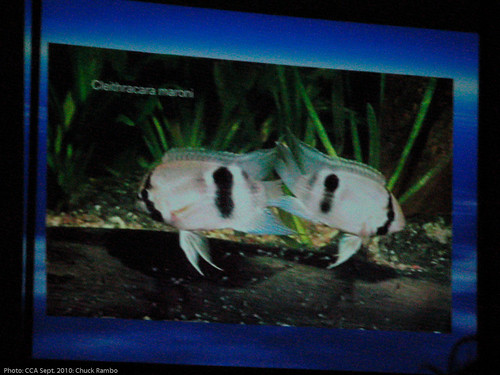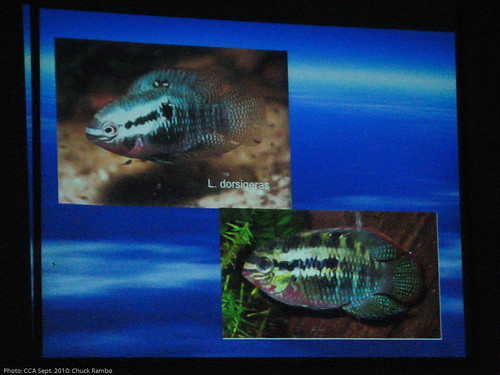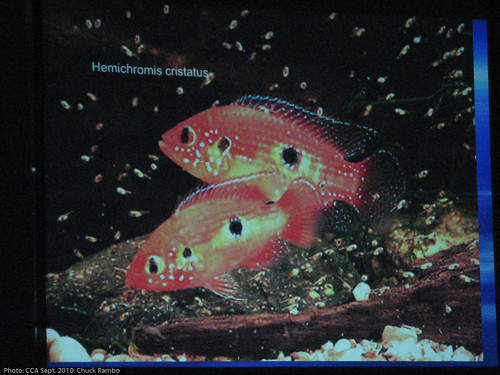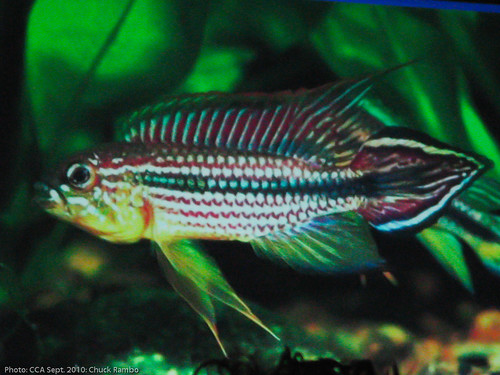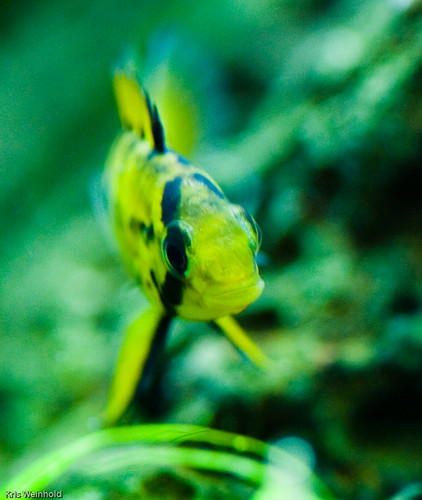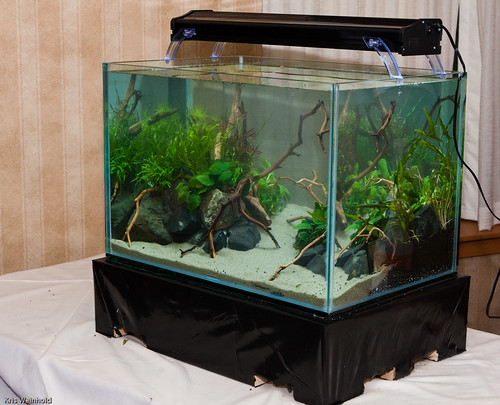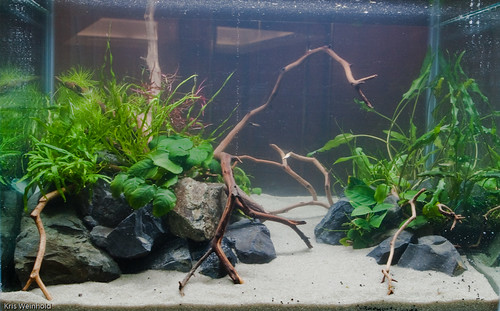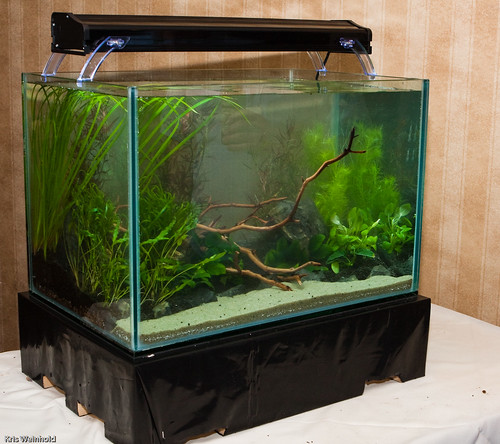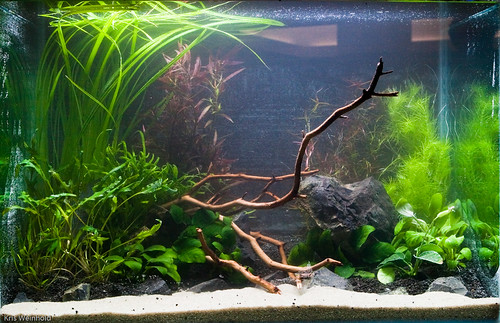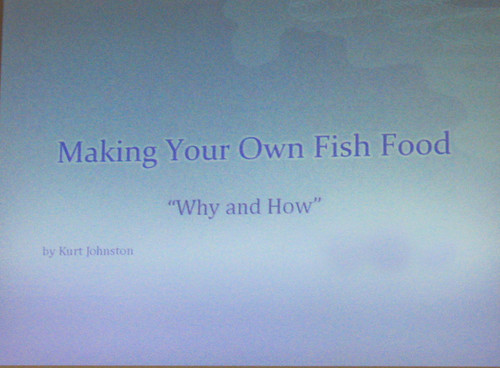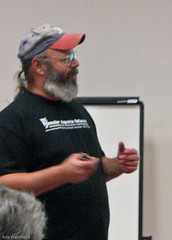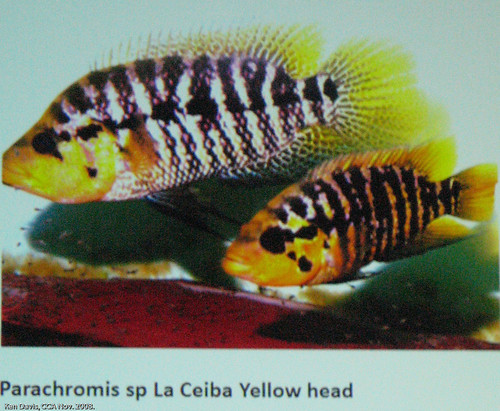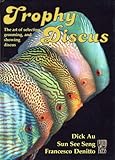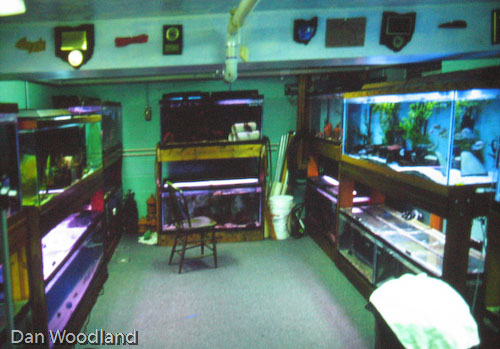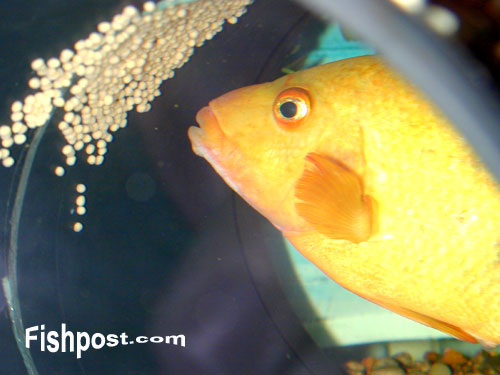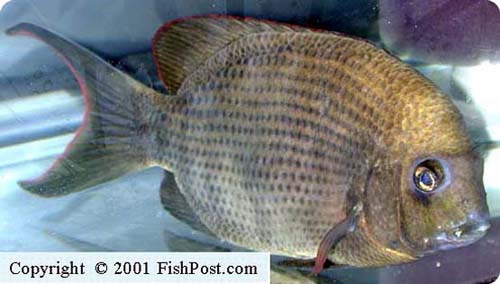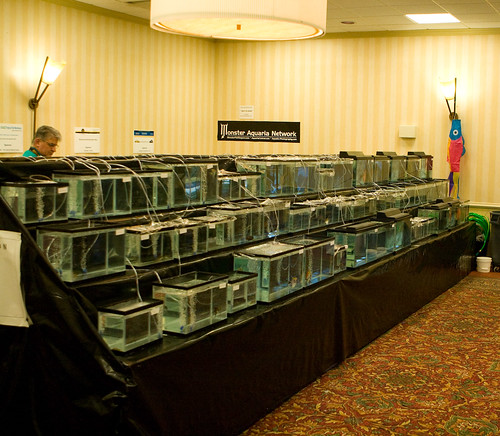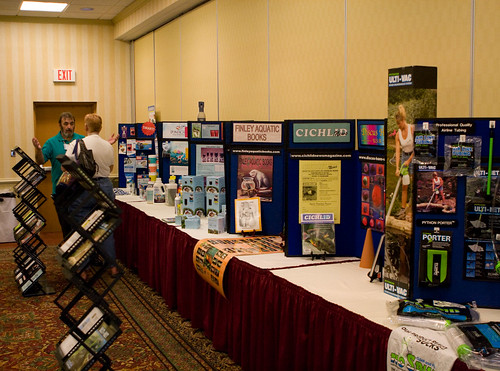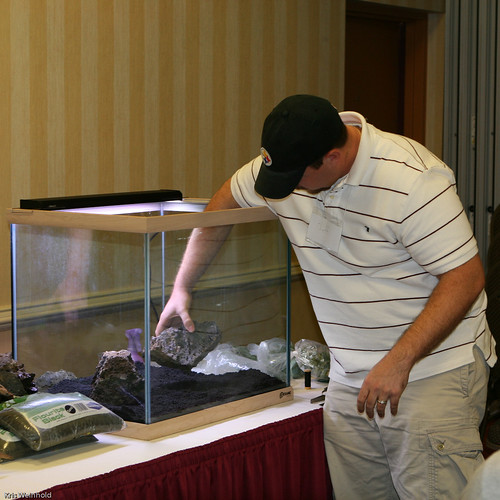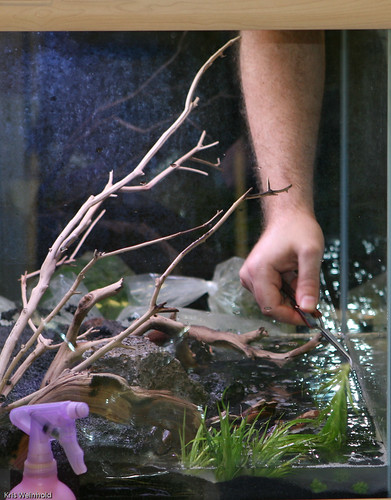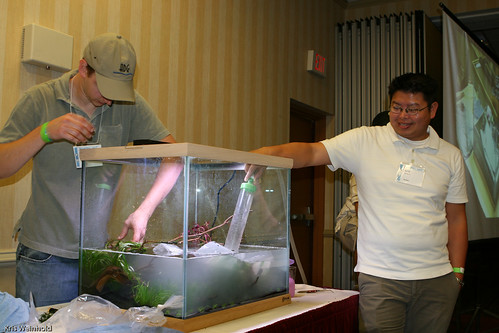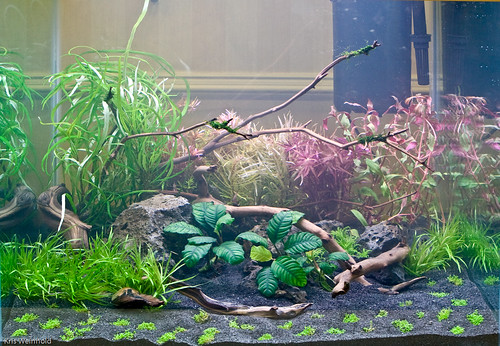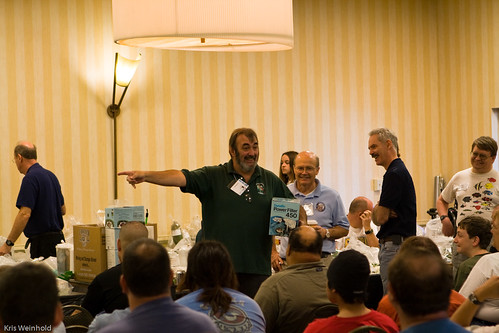CCA September 2010 – Chuck Rambo
September 12th, 2010 On Saturday I attended the Capital Cichlid Association’s September meeting, featuring Chuck Rambo, who spoke about dwarf cichlids. I’ve always been fascinated with cichlids, but due to my even larger obsession with planted aquariums, I’ve been limited to keeping smaller dwarf cichlids, with a few exceptions like Angelfish. Nevertheless, I had marked Chuck’s presentation on my calendar all summer long, hoping to learn about a few more species out there; he didn’t disappoint!
On Saturday I attended the Capital Cichlid Association’s September meeting, featuring Chuck Rambo, who spoke about dwarf cichlids. I’ve always been fascinated with cichlids, but due to my even larger obsession with planted aquariums, I’ve been limited to keeping smaller dwarf cichlids, with a few exceptions like Angelfish. Nevertheless, I had marked Chuck’s presentation on my calendar all summer long, hoping to learn about a few more species out there; he didn’t disappoint!
Chuck began his presentation by showing a few African shellies before going through the Pelvicachromis genus, since many hobbyists keep Kribs as their first dwarf cichlid. Interestingly enough, the fish that intrigued me the most was the non-dwarf, Pelvicachromis sacrimontis. These fish sometimes get mixed in with regular Krib shipments, but as they grow, they turn into 6″+ beasts. The way to differentiate them from their smaller cousins is that P. sacrimonits always have blue patches on their cheeks.
One of the other striking fish he showed from the same genus was Pelvicachromis humilis, but unfortunately these are extremely aggressive fish who need a minimum of 40G per pair to keep peacefully.
Next, Chuck began walking through several fish in the Nanochromis genus, including Nanochromis dimidiatus shown above. One of the tricks to keeping Nanachromis is that they are actually algae eaters, who scrape algae from rock surfaces like Mbuna do. Therefore, a varied diet high in spirulina or similar algae tablets are recommended.
There was a lot of time spent discussing various types of Rams, but the next group of fish that really interested me as a planted tank guy were the checkerboard cichlids, or Dicrossus. Chuck mentioned that Dicrossus maculatus are newly available in the hobby, and actually easier to keep than the more familiar Dicrossus filamentosus. Both species prefer soft acid water, and often spawn on leaves. It’s important to consider your aquarium temperature when spawning these fish, as temperatures above 80 degrees tend to produce more males, while lower temperatures yield more females.
Dwarf pikes became the next topic of discussion, where Chuck quickly pointed out that few pikes are actually dwarf varieties, as they will grow quite large if given the proper conditions. One exception to this are the Teleocichla species, who do stay quite small. Unfortunately, they are also one of the least colorful varieties of pikes you can find.
An old stand-by cichlid for planted aquariums are the keyhole cichlids, or Cleithracara maronii. These are peaceful, elegant, cichlids who are easy to spawn when in soft water. They get their name from the distinctive keyhole pattern on their bodies, but due to significant line-breeding, this pattern may not be as distinctive in some strains as in the wild-caught fish.
One of the next dwarf cichlids I would like to get my hands on are Laetacara dorsigera, who are small shy, but brightly colored dwarf cichlids from South America. I think they could be fantastic little fish for my 33G rimless aquarium.
Chuck only recommended a single species of jewel cichlids, Hemichromis cristatus, as they are a bit easier to keep and slightly more tolerant than some of the other species in the genus. I really enjoyed keeping the jewels I collected in Florida previously, but you definitely only want to keep a them alone in a tank to avoid dead fish.
Finally, the presentation concluded with a long section on Apistogramma, one of the most widely known and diverse group of dwarf cichlids. Incredibly, scientists now believe that this genus may consist of over 500 species in the wild. Chuck relayed a fascinating study by Uwe Romer who discovered that Apistogramma may be partly dispersed from one area to another by feeding Kingfish birds. Uwe left a pool outside in South America under a Kingfisher nest, and monitored what fish ended up in the pool. Apparently, Kingfisher young will refuse to eat dead fish, so if the parents bring back a deceased meal, the young will spit them out. Romer hypothesized that some Apistogramma may actually play dead in order to avoid becoming a meal. In his experiment, he actually found quite a number of live Apistogramma in his pool from the birds. Incredible!
I really enjoyed Chuck’s presentation on dwarf cichlids, learning quite a few things. This writeup is really just a small subset of what he covered, so I highly recommend inviting him out to your club to do a similar presentation. He’s actually part of the ACA’s speaker program, which can help subsidize part of the cost of flying their speakers to your club meeting. Take advantage of it! Comments welcome!
Note: All photos, except for the last one, in this post were taken during Chuck’s presentation. Photo credit belongs to the original photographers.
